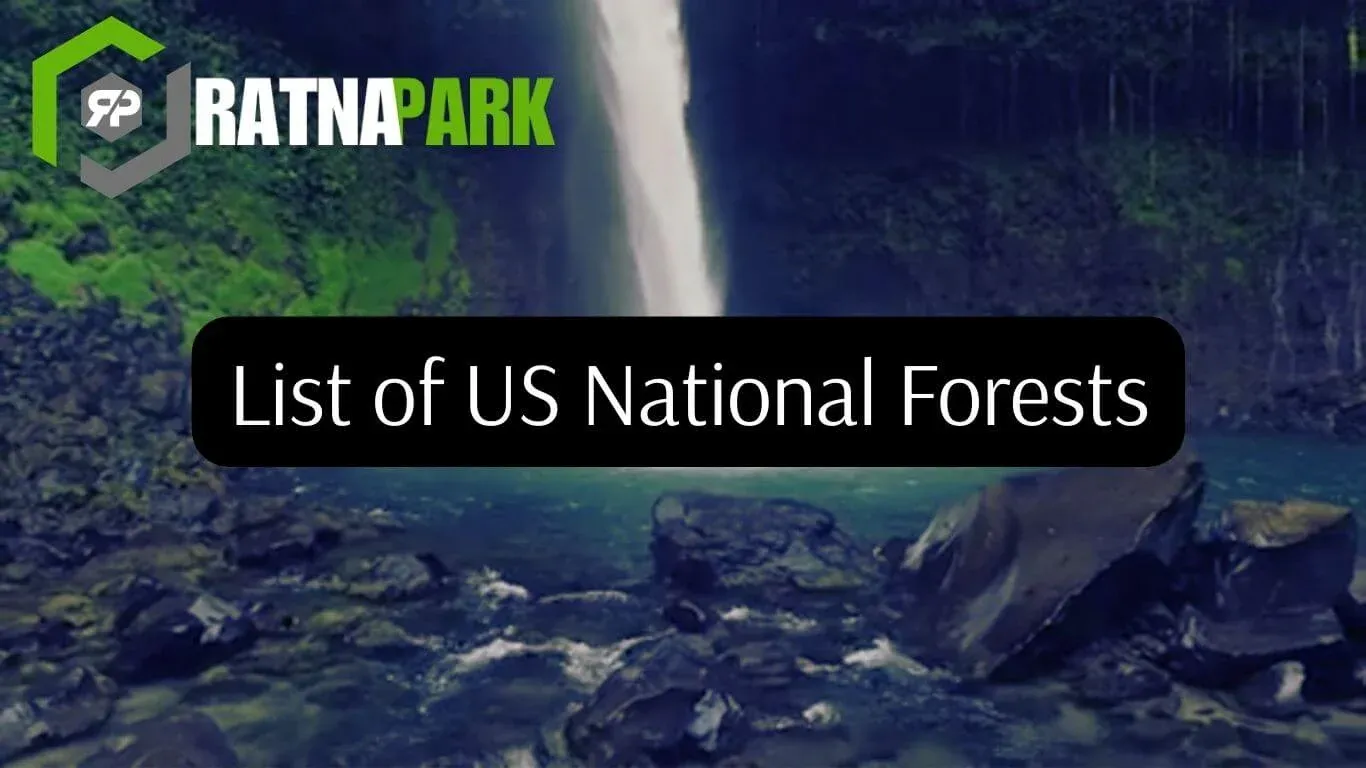
🌲 Comprehensive Guide to the List of US National Forests
Introduction
The United States boasts a vast and diverse array of national forests, each offering unique landscapes, ecosystems, and recreational opportunities. Managed by the U.S. Forest Service, these forests play a crucial role in conservation, providing habitats for wildlife, preserving natural resources, and offering spaces for public enjoyment.
📜 History of US National Forests
The concept of national forests in the U.S. dates back to the late 19th century. In 1891, the Forest Reserve Act authorized the President to designate public lands as forest reserves. The first such reserve was the Yellowstone Park Timber and Land Reserve, established on March 30, 1891. Over time, these reserves evolved into the national forests we know today, with the U.S. Forest Service, established in 1905, overseeing their management .
🌍 Overview of US National Forests
- Total Number: 154 national forests
- Total Area: Approximately 188 million acres (about 294,000 square miles)
- States Covered: 40 states and Puerto Rico
- Managing Agency: U.S. Forest Service, under the Department of Agriculture
These forests encompass a wide range of environments, from the rainforests of the Pacific Northwest to the deserts of the Southwest, offering diverse habitats and recreational activities.
🗺️ List of US National Forests by State
Here’s a selection of national forests categorized by state:
Alabama
- Bankhead National Forest
- Conecuh National Forest
- Talladega National Forest
- Tuskegee National Forest
California
- Angeles National Forest
- Eldorado National Forest
- Inyo National Forest
- Klamath National Forest
- Lassen National Forest
- Los Padres National Forest
- Mendocino National Forest
- Modoc National Forest
- Plumas National Forest
- San Bernardino National Forest
- Sequoia National Forest
- Shasta-Trinity National Forest
- Sierra National Forest
- Six Rivers National Forest
- Stanislaus National Forest
- Tahoe National Forest
Colorado
- Arapaho National Forest
- Grand Mesa National Forest
- Gunnison National Forest
- Pike National Forest
- Rio Grande National Forest
- Roosevelt National Forest
- San Isabel National Forest
- San Juan National Forest
- Uncompahgre National Forest
- White River National Forest
Florida
- Apalachicola National Forest
- Ocala National Forest
- Osceola National Forest
Montana
- Beaverhead-Deerlodge National Forest
- Bitterroot National Forest
- Custer National Forest
- Flathead National Forest
- Gallatin National Forest
- Helena National Forest
- Kootenai National Forest
- Lewis and Clark National Forest
- Lolo National Forest
New Mexico
- Carson National Forest
- Cibola National Forest
- Gila National Forest
- Lincoln National Forest
- Santa Fe National Forest
Oregon
- Deschutes National Forest
- Fremont-Winema National Forest
- Malheur National Forest
- Mount Hood National Forest
- Ochoco National Forest
- Rogue River-Siskiyou National Forest
- Siuslaw National Forest
- Umatilla National Forest
- Umpqua National Forest
- Wallowa-Whitman National Forest
- Willamette National Forest
Texas
- Angelina National Forest
- Davy Crockett National Forest
- Sabine National Forest
- Sam Houston National Forest
Washington
- Colville National Forest
- Gifford Pinchot National Forest
- Mount Baker-Snoqualmie National Forest
- Olympic National Forest
- Okanogan-Wenatchee National Forest
Wyoming
- Bighorn National Forest
- Bridger-Teton National Forest
- Medicine Bow-Routt National Forest
- Shoshone National Forest
Note: This is a partial list. For a comprehensive directory, please refer to the U.S. Forest Service’s official website.
🌟 Significance of National Forests
National forests are vital for numerous reasons:
- Conservation: They protect diverse ecosystems and endangered species.
- Recreation: Offer activities like hiking, camping, fishing, and skiing.
- Resource Management: Sustainably provide timber, minerals, and grazing lands.
- Water Resources: Serve as watersheds for clean drinking water.
- Cultural Heritage: Preserve historical sites and indigenous lands
🧭 Tips for Visiting National Forests
- Plan Ahead: Check the specific forest’s website for alerts and guidelines.
- Leave No Trace: Practice responsible recreation to preserve natural beauty.
- Stay Safe: Be aware of wildlife, weather conditions, and trail difficulties.
- Support Conservation: Consider volunteering or donating to forest preservation initiatives.
📚 Conclusion
The U.S. national forests are treasures that offer unparalleled natural beauty, recreational opportunities, and ecological benefits. Whether you’re an avid hiker, nature enthusiast, or someone seeking tranquility, these forests provide something for everyone. Embrace the adventure and discover the wonders that await in America’s national forests.
For more detailed information and planning resources, visit the U.S. Forest Service official website.

